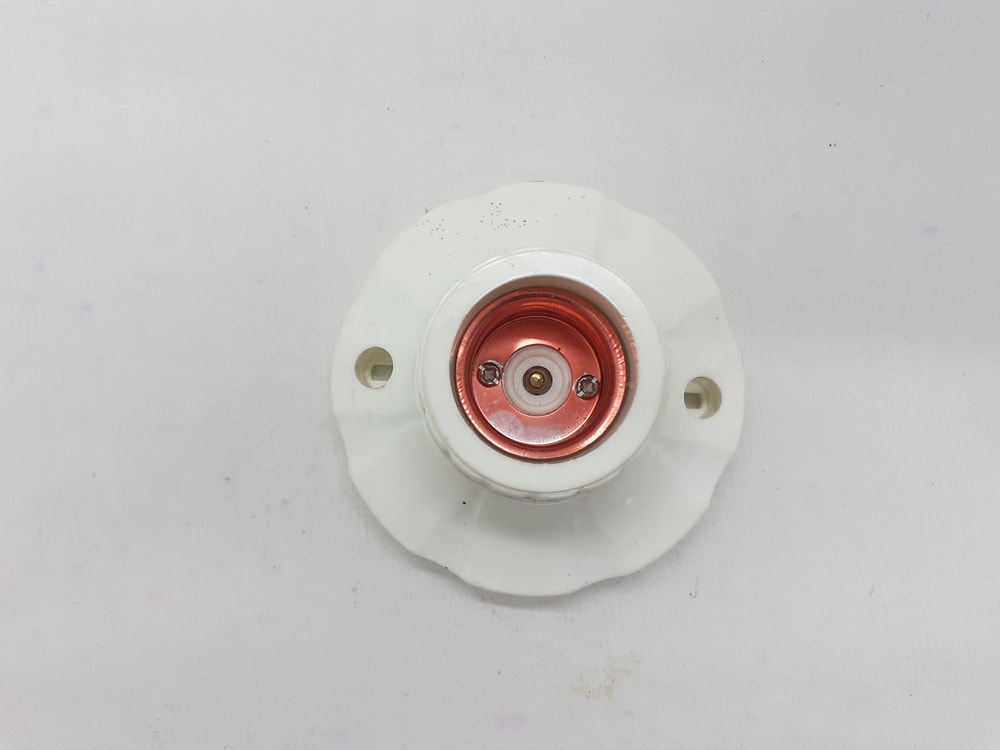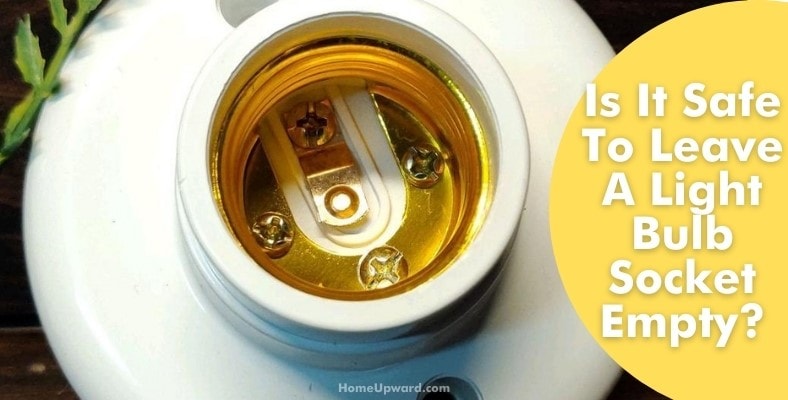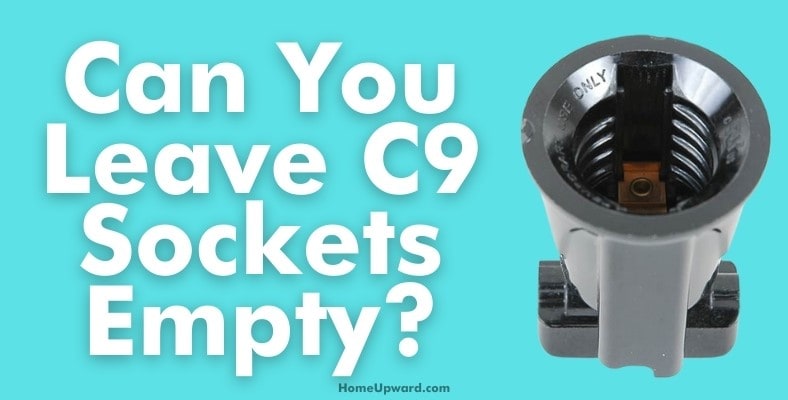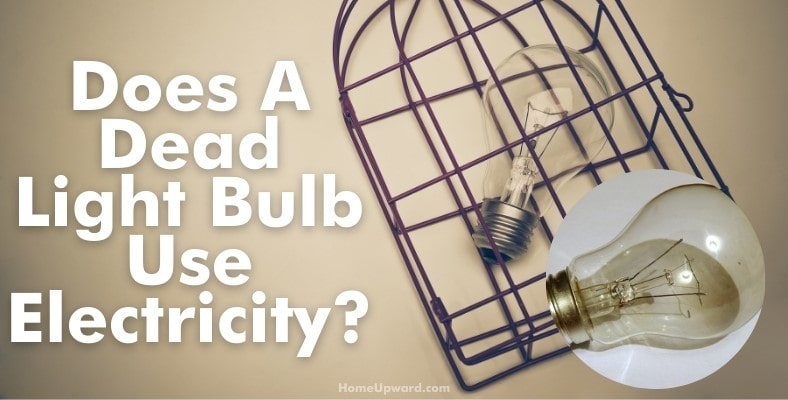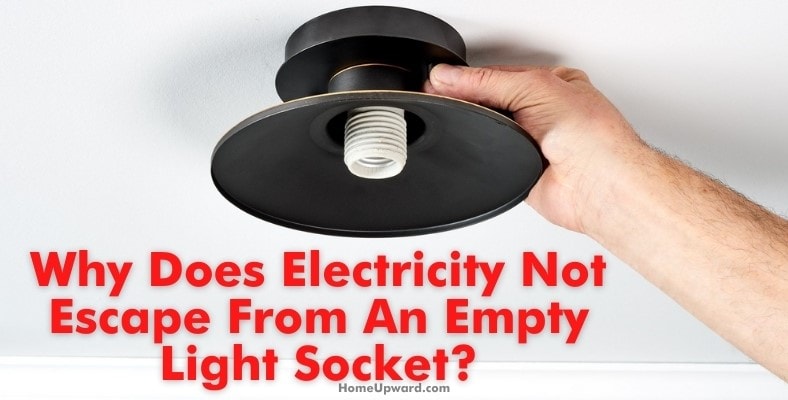Thinking about working with a light bulb socket or just need to replace a bad bulb? As common as light bulb sockets are, it’s always a good idea to play it safe!
Read on to find out what potential hazards you may run into with empty bulb sockets.
Contents
Is it safe to leave a light bulb socket empty?
No, it’s not safe to leave a light bulb socket empty. This is because you are at a much higher risk of electrocution – especially when the light switch is turned on.
As with any type of electricity, when the light bulb switch is on, there’s an electrical current that is flowing through the light bulb socket. While this may not be the highest amount of electrical power, it’s still a high amount. If the socket is well out of the reach of others, it’s probably ok, however.
One way to take advantage of an empty socket is to consider converting it to an outlet to get use out of it.
Be careful!
In addition to being dangerous when touched, if you have a live socket in your home that does not feature a lightbulb, this is also a potential fire hazard too. This is because it can potentially cause an electrical spark.
This is highly dangerous and can be easily avoided by replacing the lightbulb. Given this, we would always recommend replacing it as soon as possible.
When thinking about light sockets, often they are in a place that’s not always easily accessible. In these instances, the sockets can quickly become dusty or dirty.
If the socket is live and does not contain a light bulb, this will leave the components inside exposed to dust or potentially debris.
When this happens, there’s always the potential risk that the debris will catch fire which can be fatal. While this may not be a very common occurrence, it’s far safer to ensure that the socket is not turned on when it’s empty than risking this.
Can you leave C9 sockets empty?
C9 bulbs are fairly common, especially when it comes to lamps and Christmas lights, they are often the top choice. As we’ve already covered in this article, when possible you should never leave a light bulb socket empty.
When it comes to the C9 sockets, they’re no exception to this rule.
It’s highly dangerous to leave a plug socket without anything in it, especially when the socket is turned on. Even if there’s not a bulb in the C9 socket, when it’s switched on there’s still an electrical current present.
Given this, you can easily receive an electrical shock from the exposed socket.
In addition to this, if the C9 socket is switched on and there’s a build up of dust or debris in the socket, this can easily catch fire if there’s an electrical spark. This is dangerous and can quickly cause a fire.
This is why it’s so important to not leave any sockets empty.
More things to consider
When it comes to C9 sockets, as they’re often featured on Christmas lights that are attached, this is even more important. This is because these lights are often stored for much of the year and are more likely to become dusty.
In addition to this, because they are attached, this could potentially be more hazardous if they were to catch fire or cause an eclectic shock.
While C9 lights are often used inside, given that they feature often on outdoor lights, ensuring that the socket is covered is essential. With outdoor lights, they’re more likely to be exposed to adverse weather conditions, especially in the winter months.
Water and electrics, when mixed, are extremely hazardous, and as a result, you will always want to replace the bulbs in a C9 socket that’s outside as soon as possible.
Does a dead light bulb use electricity?
Whether a light bulb will use electricity is all based on the type of light bulb it is. While incandescent bulbs aren’t as common to purchase, they’re still available. If you have a dead incandescent light bulb, once this is dead or has blown, it will not use any further electricity.
These types of light bulbs require a working circuit in order for the light to be on. Given this, when the lightbulb becomes dead, or it blows, this then breaks the circuit, and stops the electricity from powering the light bulb.
However, when looking at LED and CFL light bulbs, these operate in a slightly different way. While they will not produce light, to an extent, these types of lightbulbs can still consume very little electricity. While it will not be the same amount that they would have consumed when they were working, it’s still a small amount. Though, it’s unlikely that you will be able to notice the electricity it has consumed.
Given this, you should always ensure to switch off light bulb sockets when they’re not in use or have been burnt out. When it comes to light bulbs, it’s important to remember that they will give off light and heat energy.
So, while the bulb may not be providing light, even if it’s dead. If it’s receiving electrical power, it can potentially use a small amount of energy and produce heat.
How do you cover an unused light socket?
When you have an unused light bulb socket, it’s important to ensure that it’s not left without a lightbulb. Where possible you will want to ensure that you’re replacing the lightbulb. However, if you’re looking to cover the socket completely, there are a few different options available.
The first way in which you can cover an unused light socket is by using a socket filler. While these may sound complicated, they couldn’t be easier. These are caps you can purchase online and in hardware stores.
They simply cover the bottom of the socket where the light bulb would typically attach.
These socket fillers are really easy to install, and they will ensure that the light socket is safe and that it’s not left exposed. They are inexpensive to purchase and allow the socket to look cleaner.
Alternatively, if you have electrical tape, you can use this in the same way. However, electrical tape doesn’t look as clean or polished in comparison to socket fillers.
It is a less expensive alternative, and a quick fix if you already have the tape available. You’ll want to ensure that the socket is filled completely to ensure that it’s safe.
If you are waiting for either of these options to arrive, we would always recommend leaving the dead bulb in the socket. This is far safer to do than leaving the light bulb socket exposed.
As we have already covered, this can potentially cause electrical shocks and fires and should be avoided.
If you choose to leave the dead light bulb in the socket, you’ll want to ensure that it’s not damaged. If it’s damaged it’ll need to be removed, but if it’s not, it can remain in place until you find a different alternative.
As you can see, there are many techniques you can use to ensure that your light socket remains safe when it is not in use.
Why does electricity not escape from an empty light socket?
When an empty light socket is switched off, there’s no power that’s being emitted from it because there’s no electrical current being provided. Even when an empty light socket is switched on, technically no electricity escapes from it.
This is because they need an electrical circuit in order for them to work. Given this, unlike other types of electrical, there will be no power that will escape unless it’s attached to a light bulb that will create this socket.
Given this, it will not really make a difference in regard to your electricity bill if you leave a light socket empty. However, as we have covered in this article, this is still hazardous to do.
Even though there’s not a full circuit, there’s still electricity within the light socket. If an electrical spark is caused, this can lead to a fire. In addition to this, if the empty light socket is switched on and is not covered over if it’s touched this can cause electrical shocks.
Given this, care should always be taken to ensure that even unused light sockets are covered up correctly to help prevent this from occurring.

